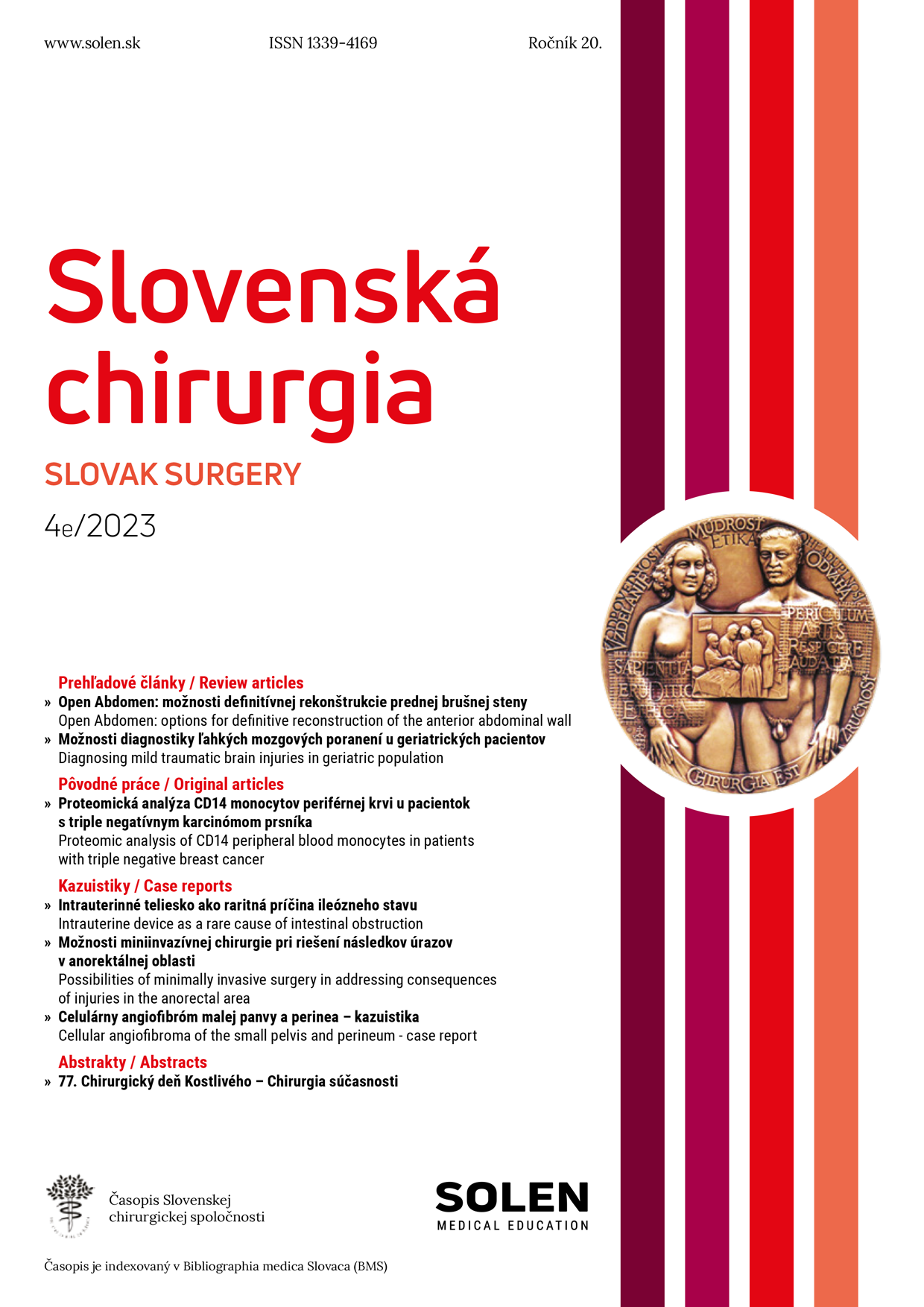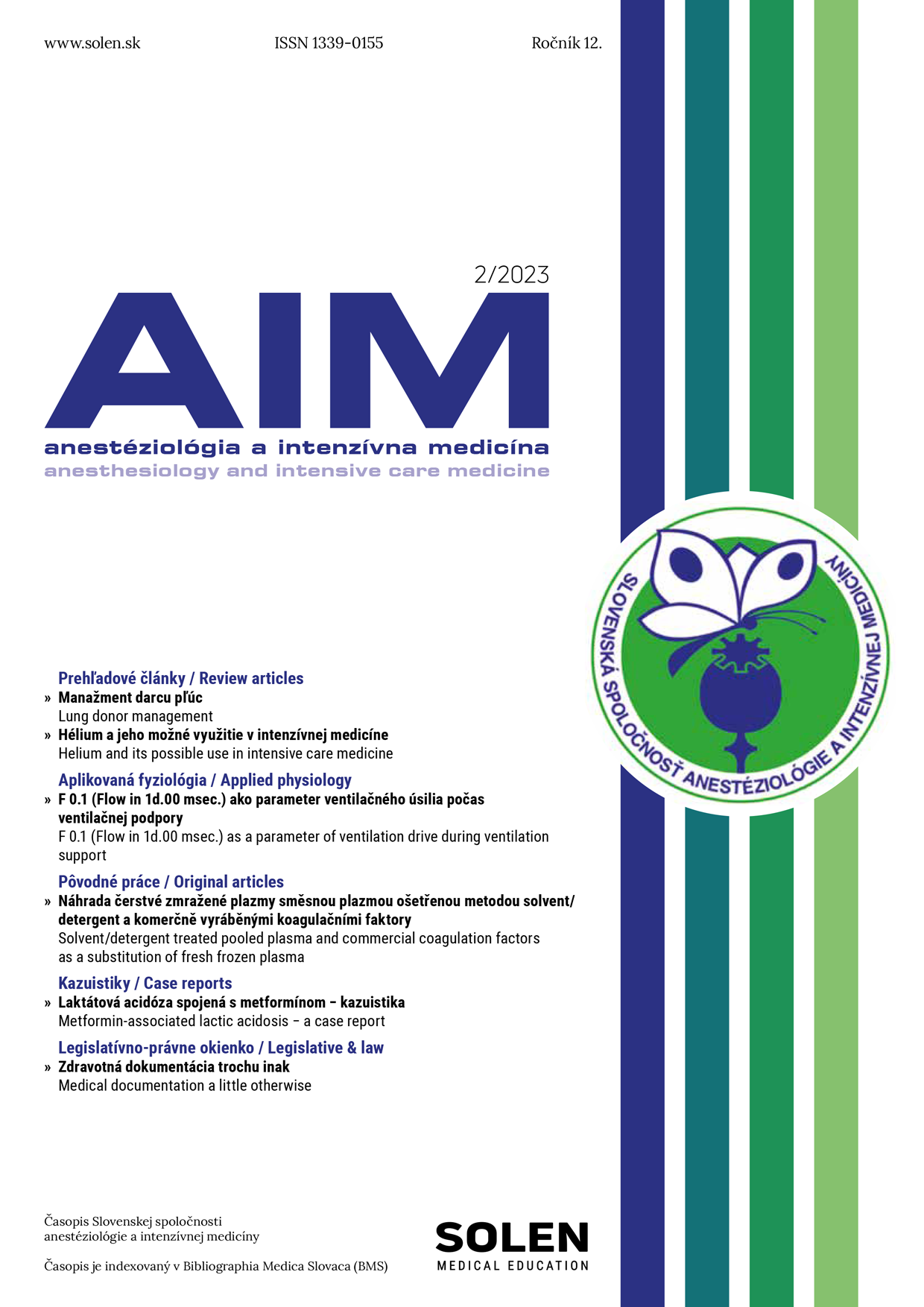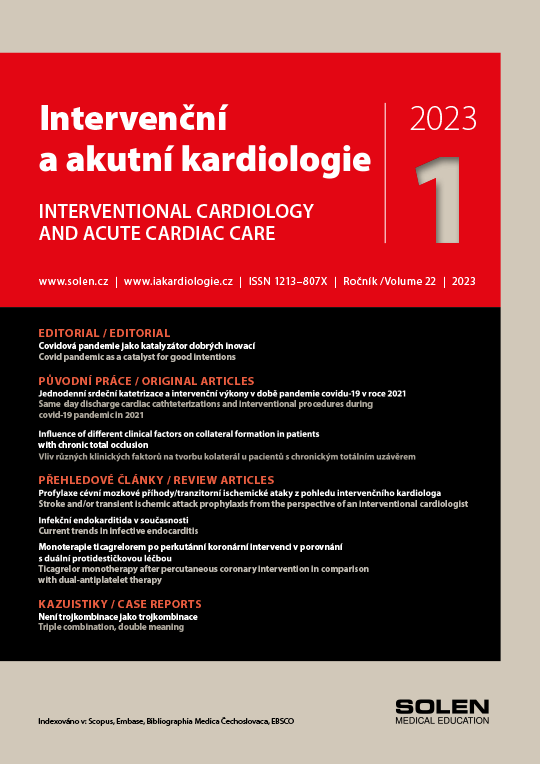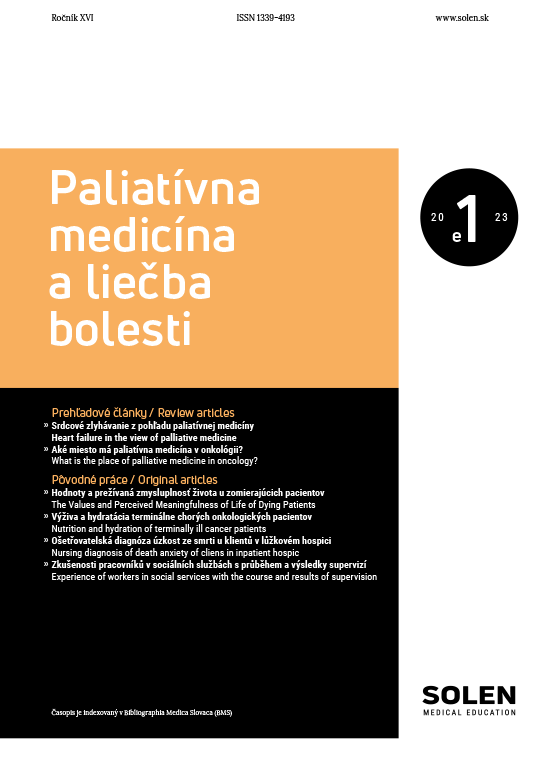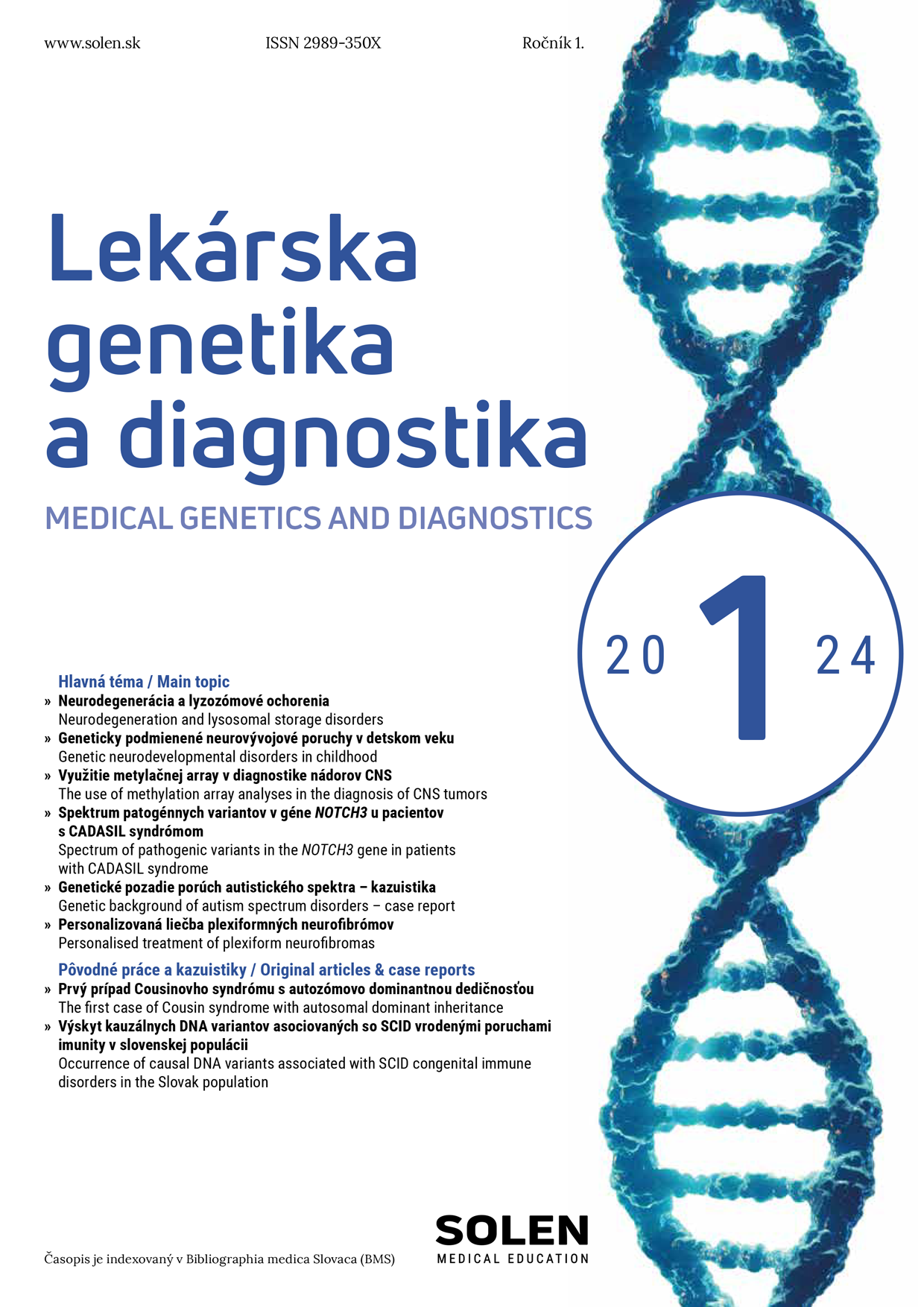Neurológia pre prax 4/2021
Adultní forma Pompeho nemoci
MUDr. Radka Mišurová, MUDr. Věra Malinová
Kazuistické sdělení popisuje případ pacientky s adultní formou Pompeho choroby (GSD II). Diagnóza pacientky byla stanovena ve věku 21 let a nemocná je nyní úspěšně léčena substituční terapií. Autorka přehledně shrnuje současný popis znalostí o etiopatogenezi, klasifikaci, diagnostických postupech a léčebných možnostech této vrozené choroby. Pompeho nemoc (glykogenóza II. typu (GSD II) je autosomálně recesivní dědičné metabolické onemocnění, jehož podkladem je defekt lysosomální kyselé alfa glukosidázy vedoucí k hromadění – střádání lysosomálního glykogenu v buňkách a tkáních s následnou dysfunkcí především v myokardu a kosterních svalech. Strukturální gen pro alfa-glukosidázu (GAA) byl lokalizován na chromozomu 17q23. Průběh je velmi variabilní v závislosti na zbylé aktivitě alfa glukosidázy. Je-li štěpící enzym zcela nebo téměř nefunkční, vzniká tzv. klasická infantilní forma choroby. Potíže se rozvíjejí v prvních měsících života a mají charakter neprospívání, hypotonie, svalové slabosti, postiženy jsou i dýchací svaly, včetně bránice. U infantilní formy je i postižení myokardu – hypertrofická kardiomyopatie. Je i významná hepatomegalie a hepatopatie. Onemocnění rychle progreduje a k úmrtí dochází většinou do jednoho roku věku na kardiorespirační selhání. Adultní forma je charakterizována méně progresivním fenotypem při vzniku závažné mutace jedné alely a lehčí na druhé. Rozpětí manifestace nemoci je u této formy od první do šesté věkové dekády. Projevuje se postižením kosterních svalů včetně dýchacích svalů a bránice. Progrese je pomalá, myokard nebývá postižen. Základem pro diagnostiku je screeningové vyšetření pomocí testu suché kapky (DBS, Dried Blood Spot). Potvrzení diagnózy se provádí vyšetřením aktivity GAA v leukocytech. Přelomem v léčbě bylo zavedení enzymatické substituční terapie (ERT). K dispozici je preparát Myozyme (výrobce Genzyme Corp., Cambridge, MA, USA), což je rekombinantní purifikovaný humánní enzym. V článku je uváděna kazuistika ženy s postupnou progresí příznaků od dětství do dospělosti. Je prezentován efekt substituční terapie na zpomalení progrese klinických potíží.
Kľúčové slová: Pompeho nemoc, deficit alfa-glukosidázy, lysosomální střádavé nemoci, pletencová svalová slabost, enzymová substituční terapie
The late-onset form of Pompe disease
A case report is presented of a female patient with adult-onset Pompe disease (GSD II). The patient was diagnosed when 21 years old and is now being successfully treated with replacement therapy. The author provides an overview of the current knowledge on the aetiopathogenesis, classification, diagnostic procedures, and treatment options of this congenital disease. Pompe disease (glycogen storage disease type 2, deficiency of alpha-glucosidase enzyme) is a hereditary autosomal recessive metabolic disorder caused by the deficiency of the lysosomal acid alpha-glucosidase enzyme leading to the accumulation/storing of lysosome glycogen in cells and tissues followed by their dysfunction, especially in the heart and skeletal muscles. The structural gene of alpha-glucosidase has been found on chromosome 17q23. The pathogenesis is variable and dependent on the remaining activity of the alpha-glucosidase. If the cleaving enzyme is almost or completely non-functional, the infantile or classic onset form is usually developed. Symptoms usually develop in the first months of life in the form of general ill-development and muscle weakness, which affects even respiratory muscles, liver and heart. The disease progresses quickly and the death mostly occurs within the first year of age due to cardio-respiratory failure. The late-onset form is characterized by the less progressive phenotype during the emergence of serious mutation of one allele and less severe mutation on the other. The manifestation of this form of the disease occurs from the first decade of life to the sixth decade. Skeletal and respiratory muscles and diaphragm are first to be affected by this form of the disease. The progression is slow and the myocardium usually unaffected. The diagnosis of Pompe disease takes place in two levels. The first level is the screening testing of the dried blood spot (DBS). The diagnosis is then confirmed by determining the activity of acid alpha-glucosidase in white cells. The breakthrough in the field of treatment was the implementation of enzyme replacement therapy (ERT). The drug Myozyme (recombinant human enzyme) is available now. There is a case report of a woman with gradual symptomatic progression from childhood to adulthood in the article. The slowing of the progression and medical problems due to the substitution therapy is also shown.
Keywords: Pompe disease, alpha-glucosidase deficiency, lysosomal storage diseases, limb-girdle muscular weakness, enzyme replacement therapy


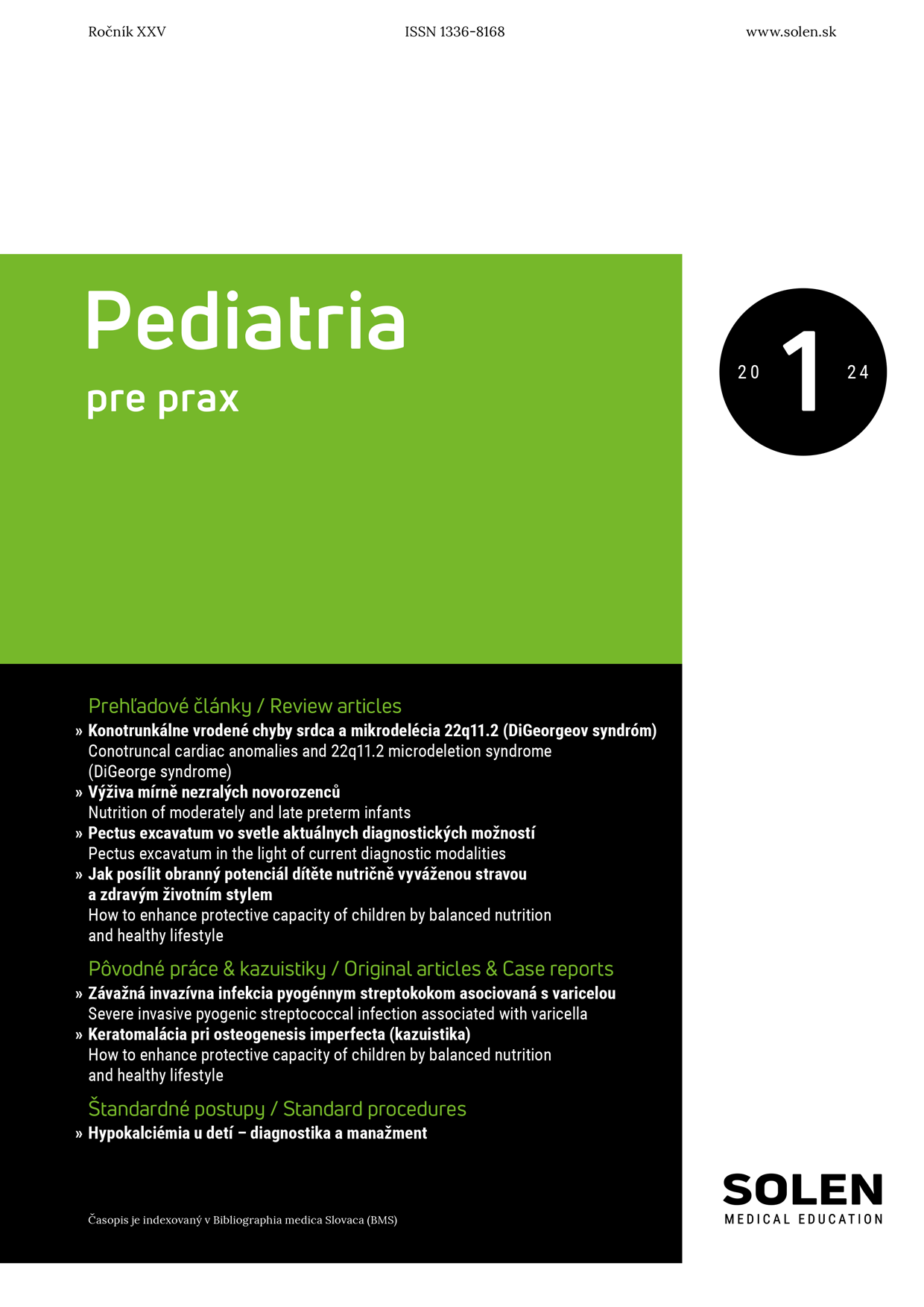
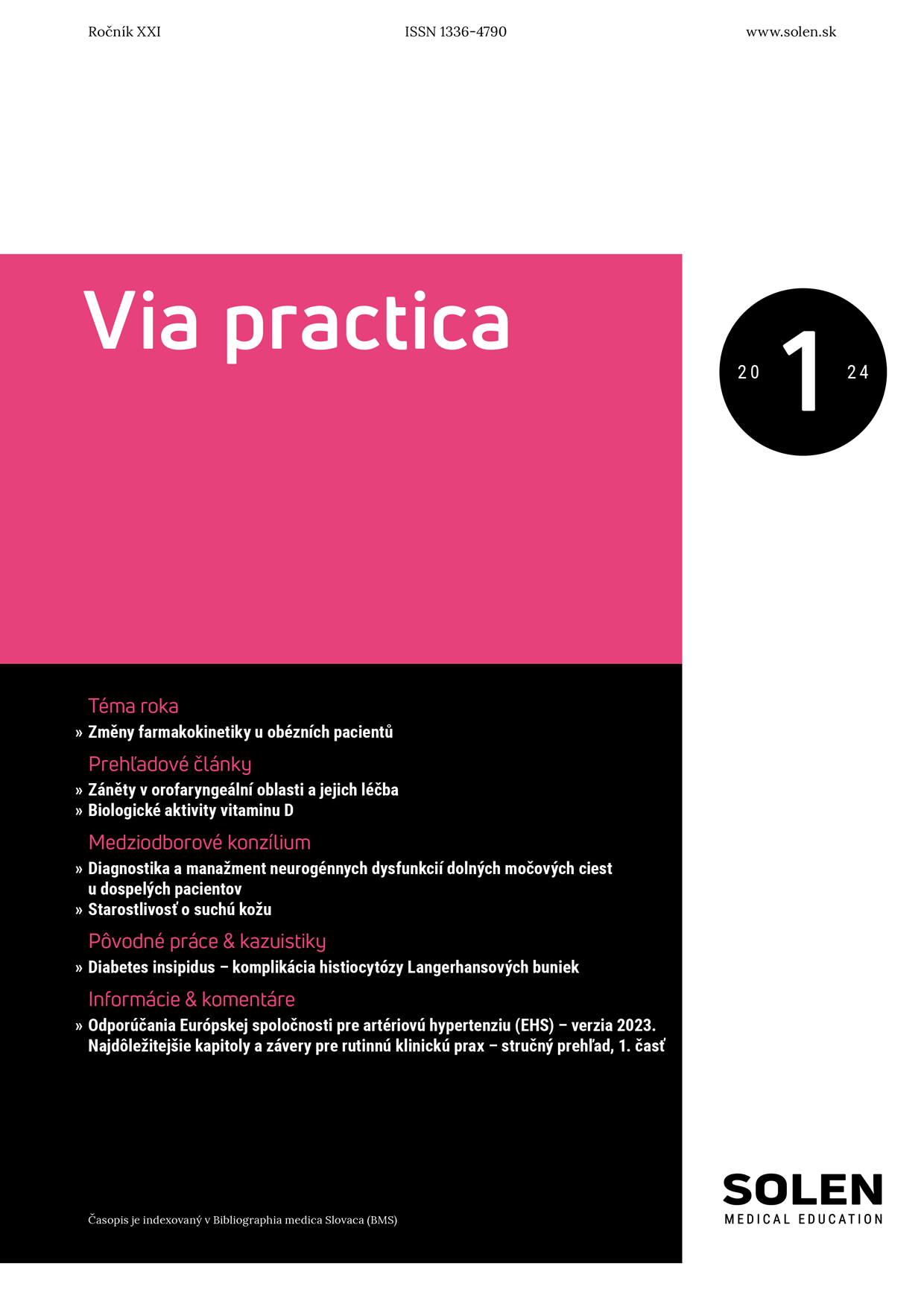
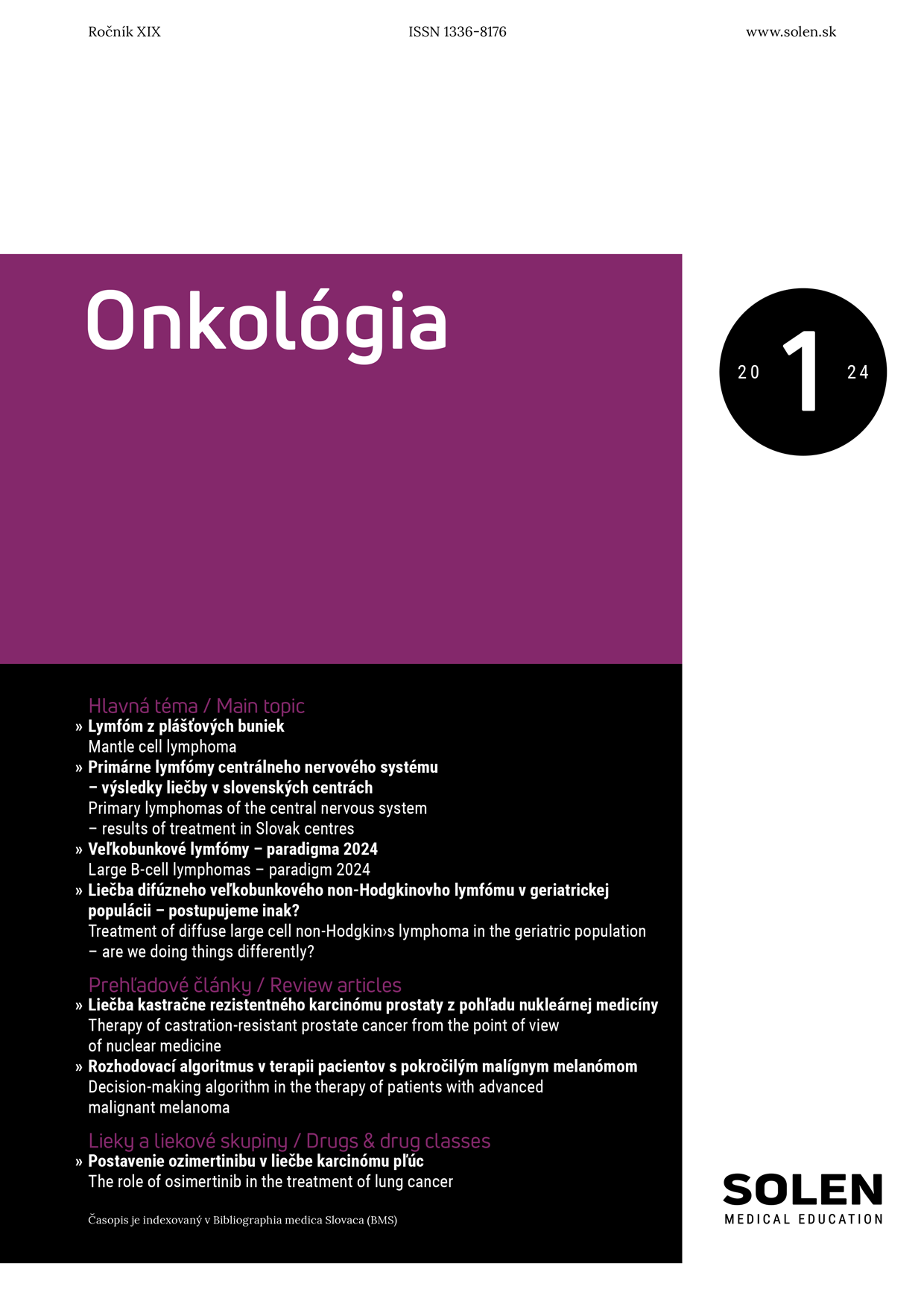
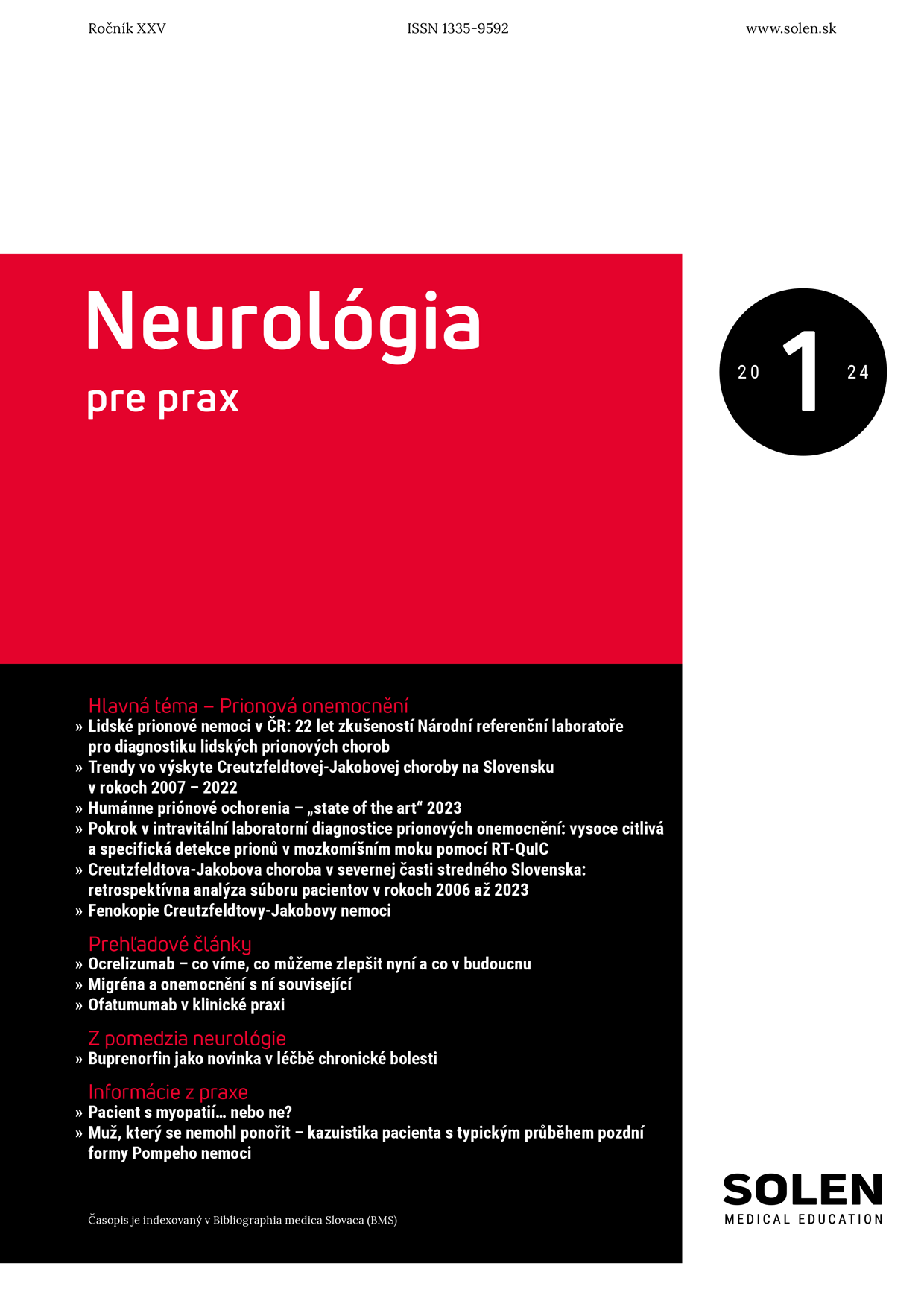
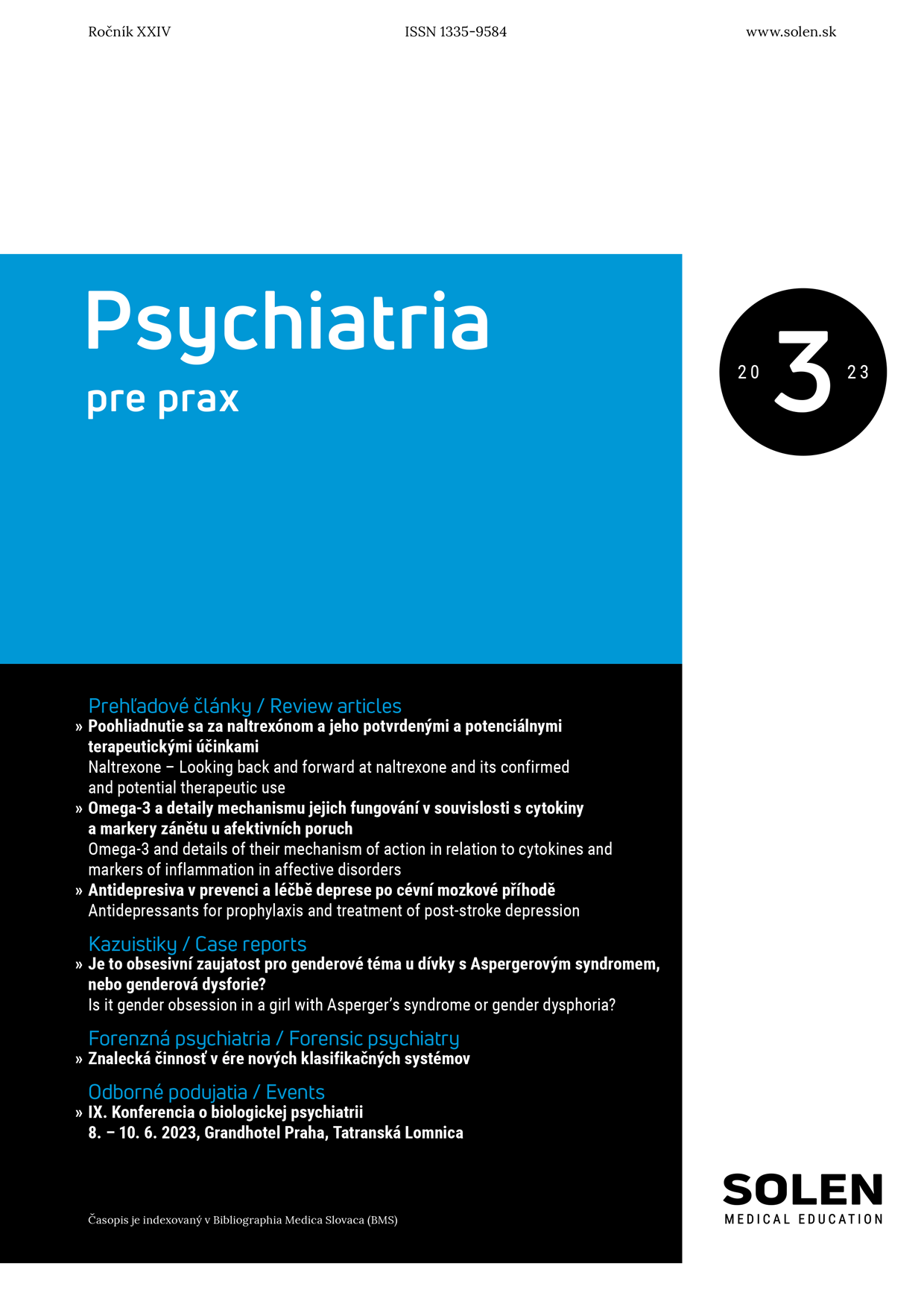
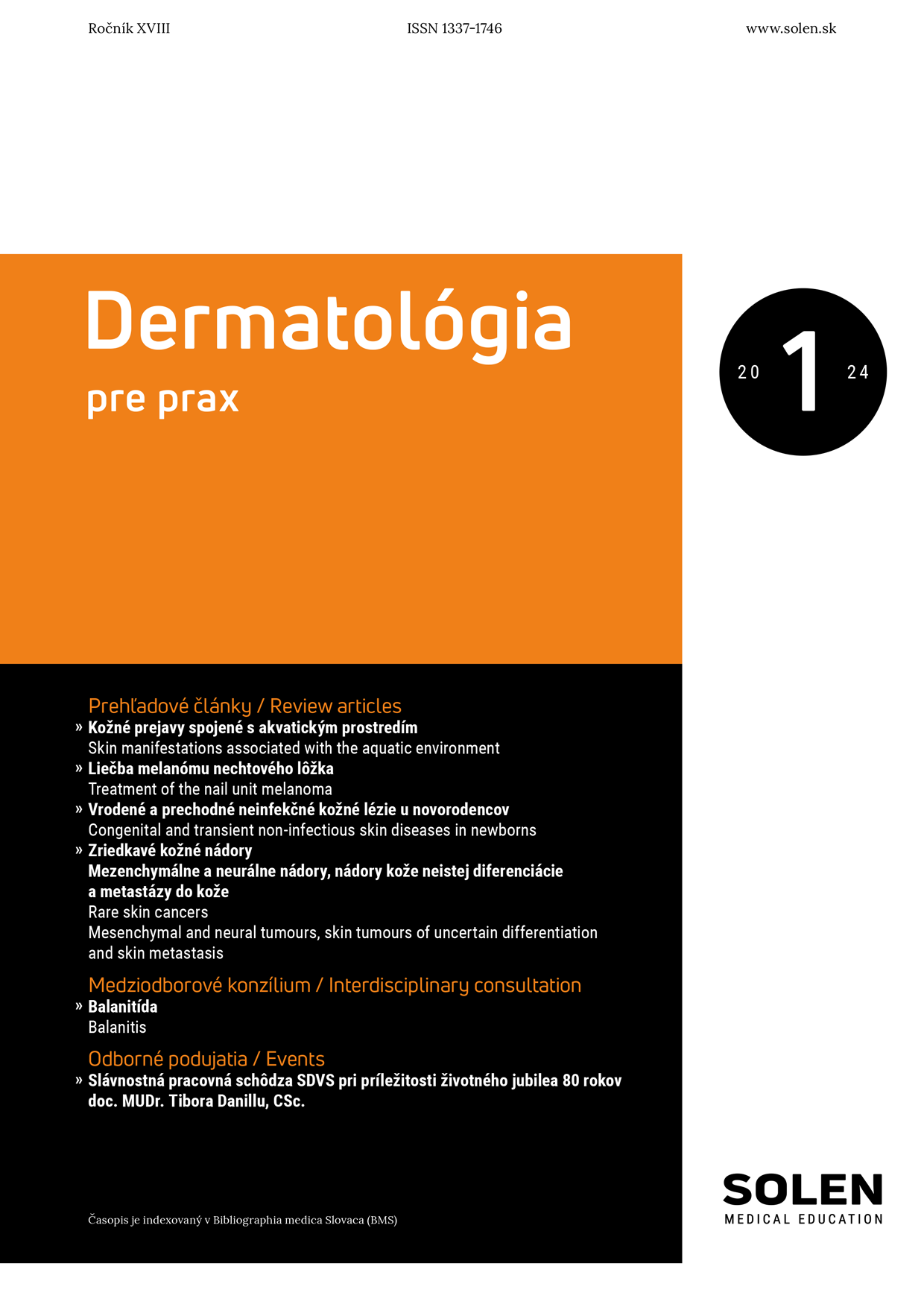
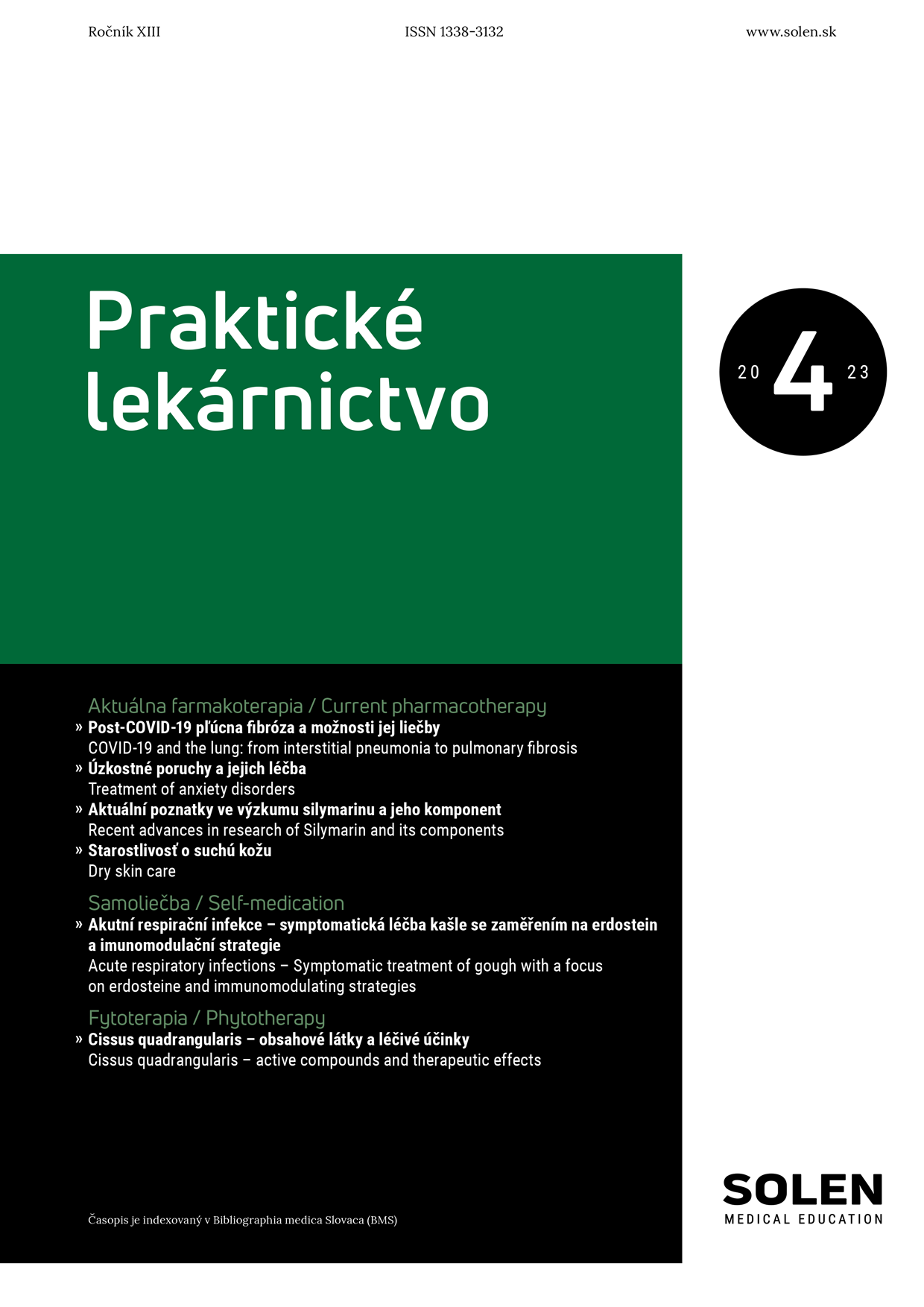
-1.png)
